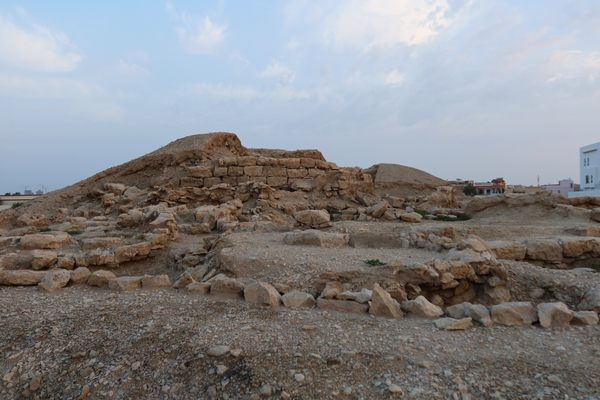About
The Nabateans were an ancient people of the Middle East who became wealthy through the caravan trade between Southern Arabia and the Jordan Valley. They are most famous for the magnificence of their capital city of Petra (in modern Jordan), which has been named one of the New Seven Wonders of the World.
The Nabatean's second city was Hegra, which is located roughly halfway between Petra and Mecca. Also known as al-Hijr and Mada’in Saleh, the site fell into disuse after the Roman occupation of the Nabatean Kingdom in 106, since the Romans preferred the ports along the Red Sea rather than the overland caravan routes.
Although Hegra may lack the magnificent grandeur of Petra, it is nevertheless one of the most enigmatic archaeological sites on the Arabian Peninsula. Several large boulders rise abruptly out of the flat desert landscape. As in Petra, most of the structures that can be seen today were for funerary purposes, including a total of 131 tombs that have been cut into the surrounding rocks. One of the most remarkable of those tombs is Qasr al-Farid (Lonely Castle), which stands alone in a massive boulder that stands apart from the other tombs.
Aside from the tombs, the site also features a cult place, called Diwan, and the Siq, a narrow passageway between two large boulders, dotted with a couple of small altars, marking the pre-Islamic nature of the Nabateans. The active excavation site at the center of Mada’in Saleh also contains some rather unassuming adobe houses, which were once the living quarters of the city.
Related Tags
Know Before You Go
As of 2022, visits to Mada'in Saleh can only be organized through the information center in Al-Ula Winter Park.
Community Contributors
Added By
Published
October 17, 2011
Updated
November 22, 2023






















































